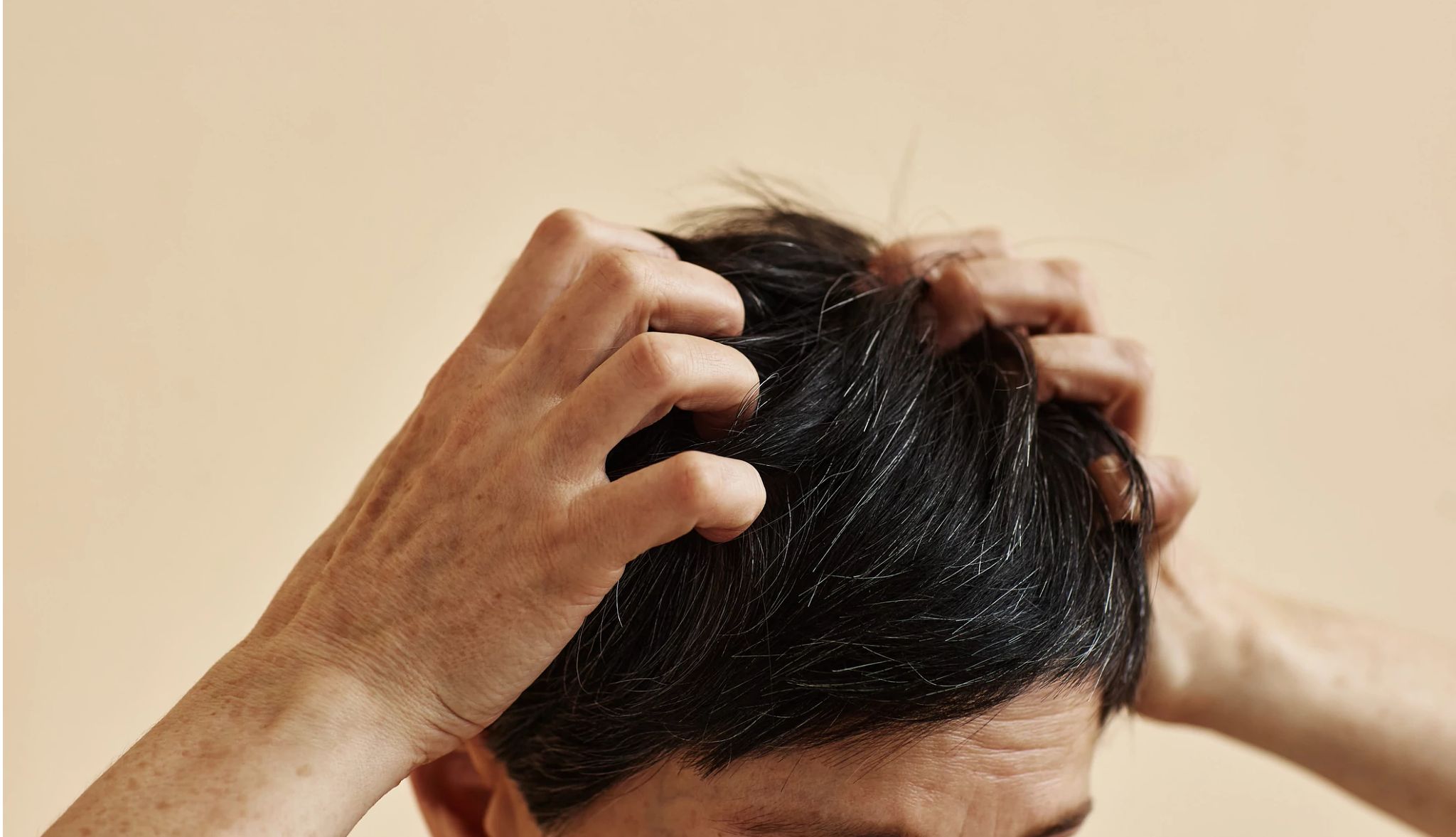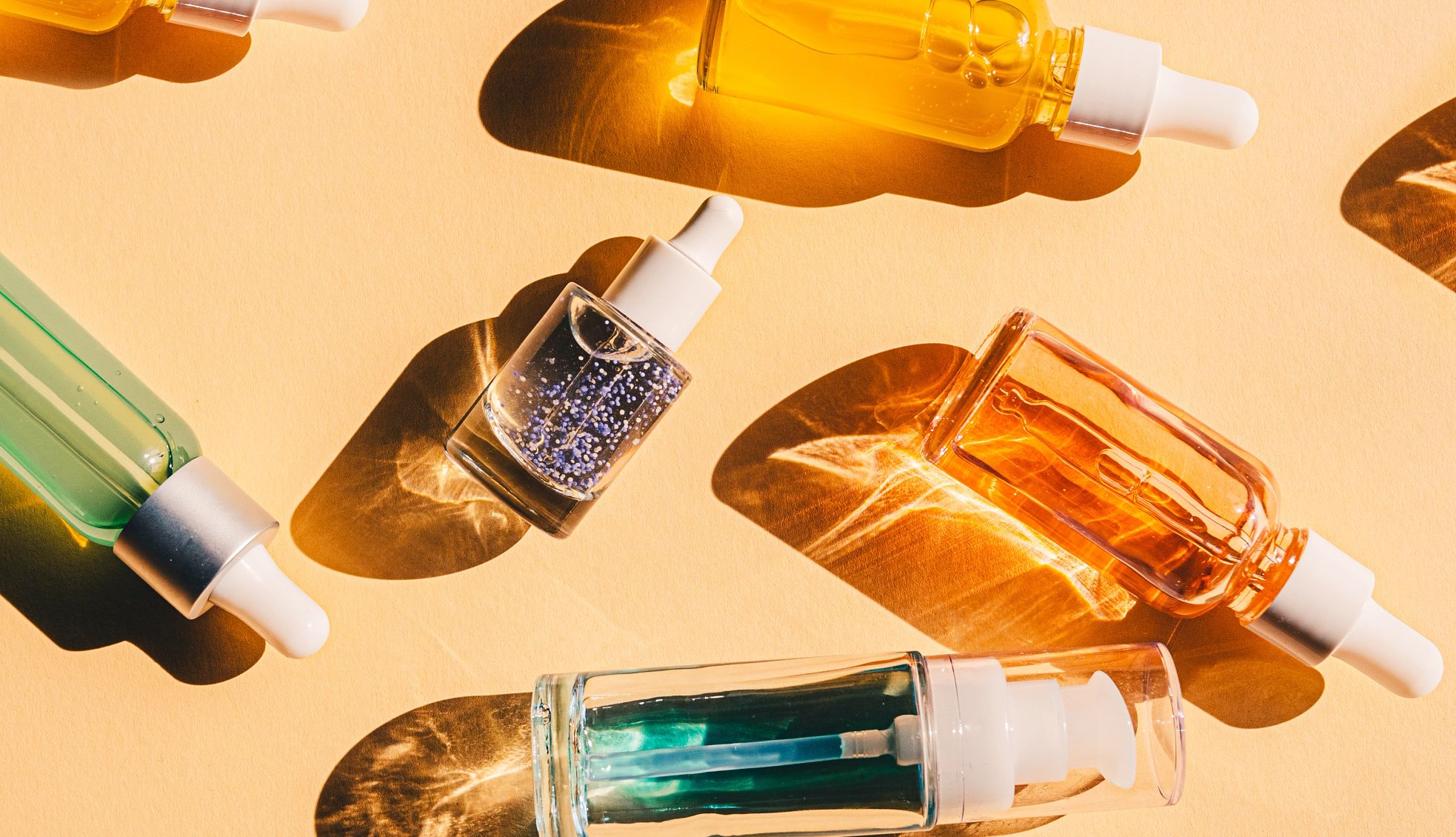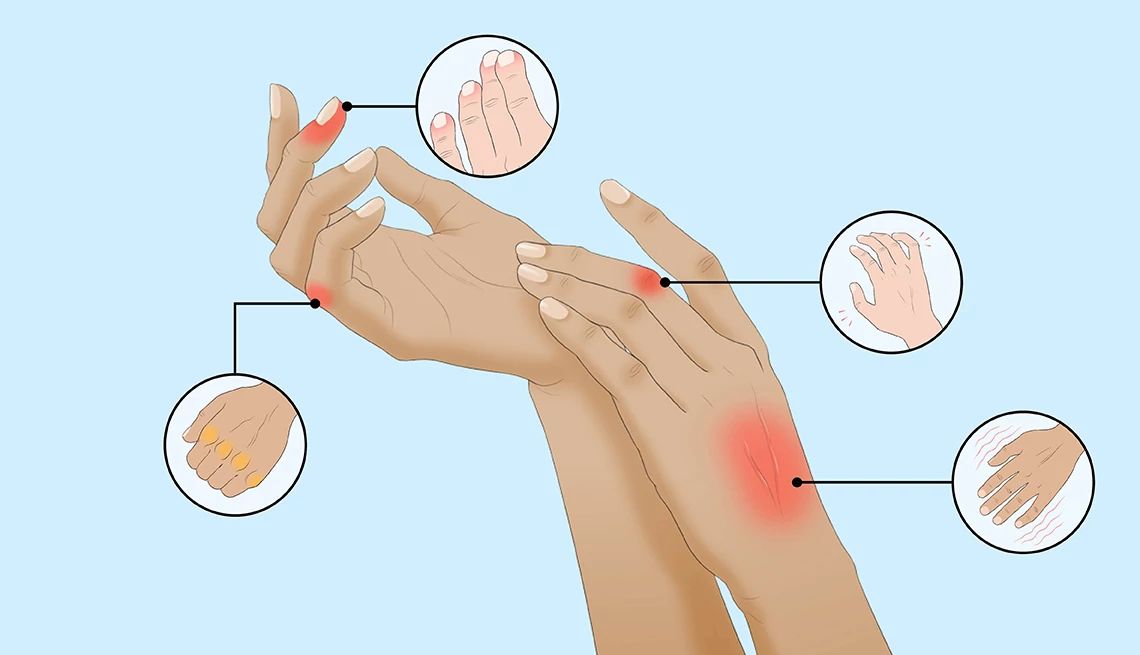AARP Hearing Center


If you eat well, it’s not hard to get enough of most vitamins. You can get plenty of vitamin C from all sorts of fruits and vegetables, vitamin E from leafy greens and nuts, and vitamin A from carrots and eggs.
“Vitamin D is different,” says Anastassios Pittas, M.D., a professor of medicine at the Tufts University School of Medicine in Boston. Because vitamin D is scarce in common foods, he says, Mother Nature provides a workaround: We produce our own vitamin D when our skin is exposed to sunlight. Many people could boost their blood levels, potentially protecting bones and getting other health benefits, by regularly exposing some unprotected skin to the sun.
But saying you could get your vitamin D that way isn’t the same as saying you should.
Most U.S. health authorities say the risks of skin cancer and skin aging outweigh the benefits of boosting sun exposure to get vitamin D. Groups including the U.S. Centers for Disease Control and Prevention, the National Cancer Institute and the American Academy of Dermatology say people should consistently use sunscreen, hats and sunglasses and should stay in the shade to protect themselves from the sun, especially at midday.
“If you expose yourself to the midday sun without sunscreen, yes, you can get your blood level of vitamin D quite high … but I don’t think the trade-off is good,” says JoAnn Manson, M.D., a professor of medicine at Harvard Medical School and the chief of preventive medicine at Brigham and Women’s Hospital in Boston. When you enjoy the outdoors safely, you still make some vitamin D, she says, and can get the rest from foods and supplements. (See Foods That Are High in Vitamin D.)
Manson helped write the vitamin D guidelines from the National Academy of Medicine (formerly the Institute of Medicine), a nonprofit advisory group. NAM guidelines say most people get some vitamin D from sun exposure, but they don’t recommend seeking it out. Instead, per the NAM, adults should use foods and supplements to get 600 international units of vitamin D daily up to age 70 and 800 IU daily after age 70. Food sources include salmon, canned light tuna and some mushrooms, along with fortified foods and drinks, such as milk and orange juice. Although it takes effort to get enough vitamin D from foods, supplements easily solve that problem, Manson says.
Some scientists say intentional sun exposure should be part of the mix. That’s common advice in the U.K., where public health agencies endorse the idea that a little regular sun exposure has benefits that balance with risks, says Ann Webb, a professor of atmospheric radiation at The University of Manchester in England. “You only need a short exposure for your vitamin D,” she says.
Pittas says that practice could be safely used in the United States. “When we think of sun exposure, we have been brainwashed, I am afraid, to only think of the bad effects,” he says. “But there are also benefits.” Those, he says, include not only vitamin D production but better mood and sleep.
“I think that the evolutionary appropriate way to obtain vitamin D is through our skin,” Pittas says.
The National Institutes of Health does not endorse intentional sun exposure, but it says older adults are at an increased risk for low vitamin D levels, partly because the skin’s ability to make vitamin D declines with age and older people spend more time indoors.
















































































More on Health
8 Bad Habits for Your Skin
Smoking, scratching and skipping out on SPF can be damaging
How to Get a Sun-Free Vacation Glow
Avoid the damaging rays and fake a golden tan
DIY Skin Fixes That Don't Require a Dermatologist
Simple over-the-counter solutions for common skin problems